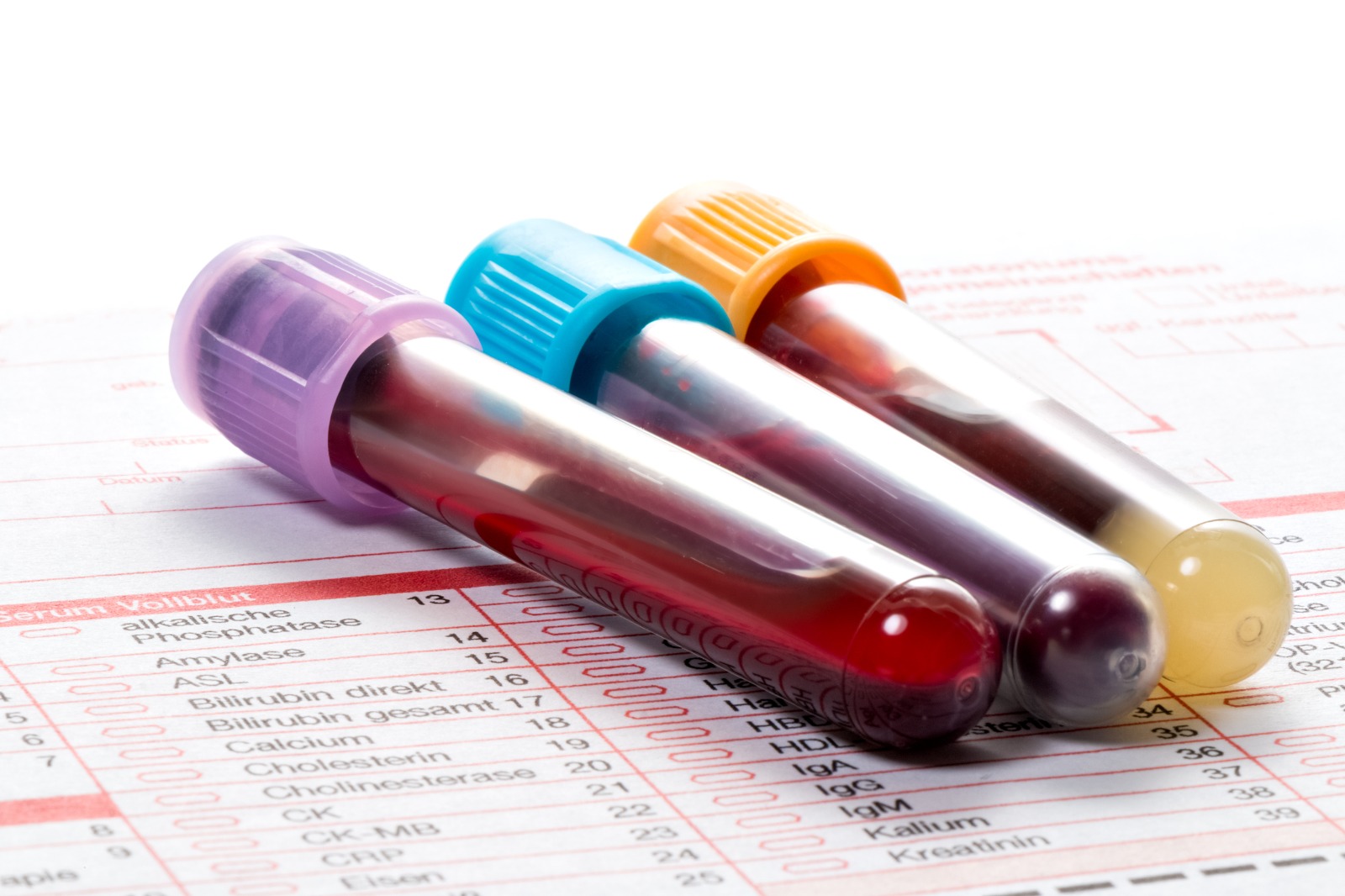- +353 (0)45 866266

We offer a number of clinical pathology tests on companion animals, please contact our lab for our range of services.
All laboratory test results must be interpreted in the context of the history and clinical examination of the individual from which samples have been taken. The laboratory results are an effective means of narrowing that cornerstone of the clinician’s armoury the critically important list known as the differential diagnosis. Failure to properly consider the differential diagnoses can be construed to be negligence.
All laboratory analyses must be effectively quality controlled. The absence of effective quality assurance can only result in unreliable results. Unreliable results compromise patient management.
Comparison of results from one laboratory with another can be grossly misleading – each laboratory has its own distinct characteristics including personnel and their training, equipment and laboratory reagents.
Every effective interrogation of laboratory results depends on an understanding of reference ranges. A short explanation of some fundamental principles of reference ranges and their interpretation is provided below.


Normal values are numbers against which the result of a test is compared to determine whether such a result is unusual. It is important to have some understanding of the derivation of normal if one is to use the numbers supplied in the most useful manner.
The concept of normal values is mathematical and attempts to indicate the range of values observed over the whole population when only a part of the population has been sampled. The term normal value only applies to a normal distribution – that is a distribution that is mathematically defined as gaussian from which standard deviations can be determined. Unfortunately, many biological systems do not follow this type of distribution and much misunderstanding has occurred through the reporting of standard deviations on non-gaussian data. The next two figures indicate graphically the difference between a normal or gaussian distribution and lognormal distribution and attempts to show the meaning of standard deviation and percentiles. Approximately 96% of the population should fall within ± two standard deviations and this figure is generally accepted as the normal range
Sign up for our newsletter and keep up to date with industry news!
Sign up for our newsletter and keep up to date with industry news!
Privacy Policy | Terms & Conditions
© Copyright Irish Equine Center. All Rights Reserved | Designed by DMC Consultancy LTD